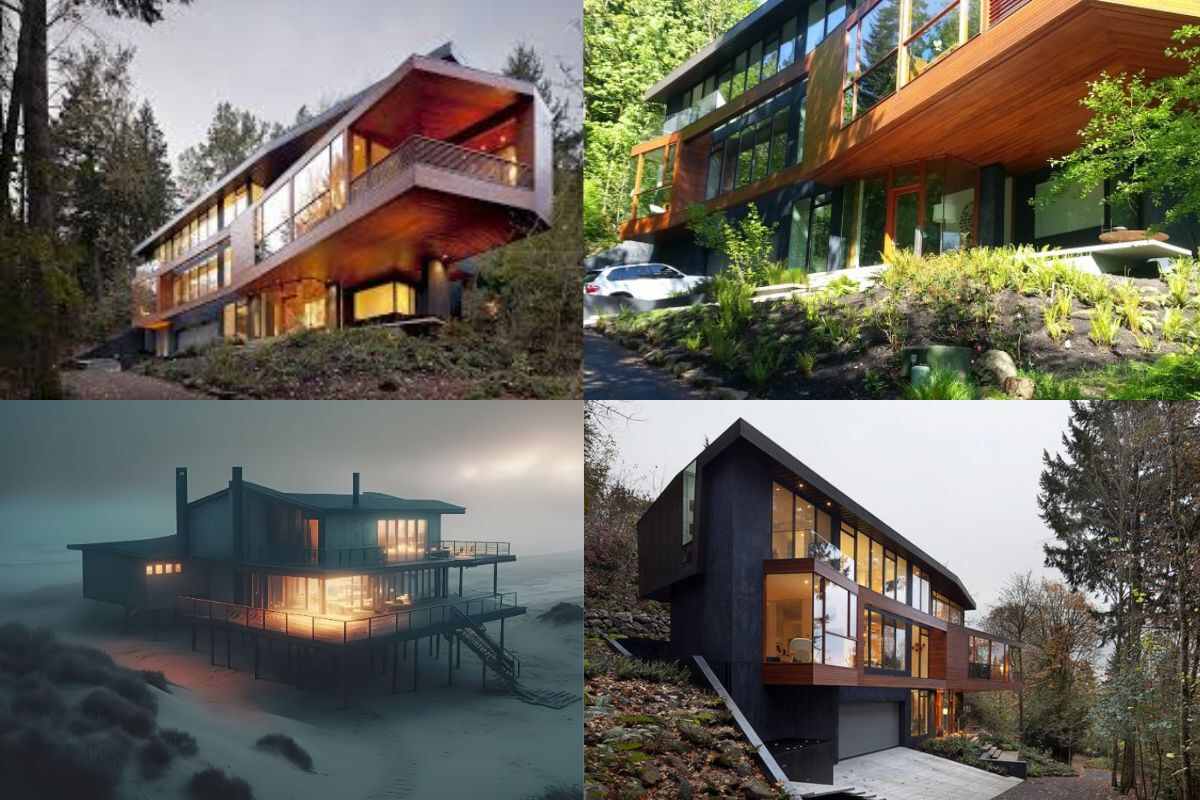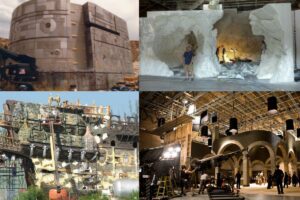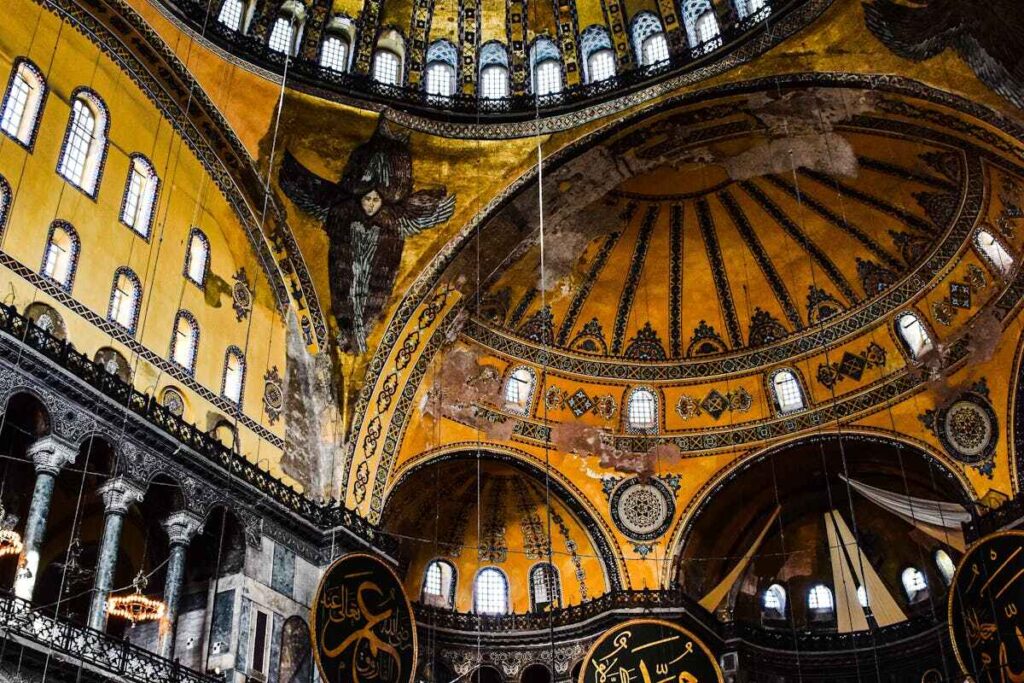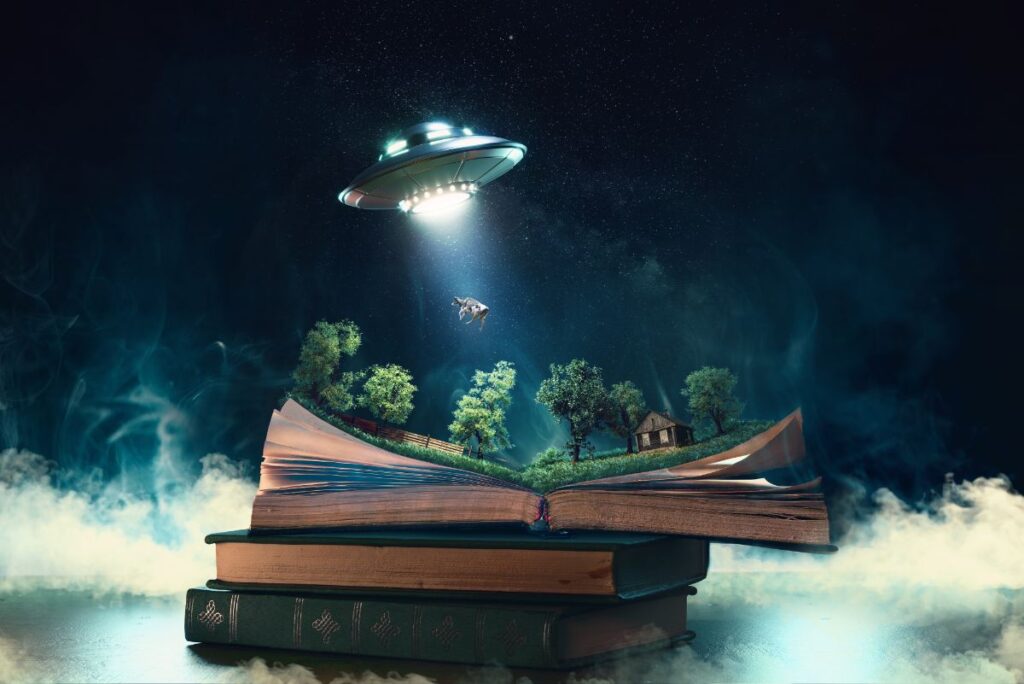Some locations become as iconic as the characters in film and literature. The Cullen House in the Twilight Saga is one such place. Known for its sleek modernity amid the natural beauty of the Pacific Northwest, this residence provides a unique backdrop to the vampire lifestyle of the Cullen family. As a home that’s as much a character as a setting, the Cullen House’s role in Twilight cannot be understated. Not only does it reflect the Cullens’ otherworldly nature, but it also deepens the atmospheric pull of the saga, drawing fans into a world that feels both hauntingly real and dreamily distant.
Location and Setting
The Real-Life Location
While the Cullen House is portrayed as in Forks, Washington, its real-world location differs. The house sits in the lush surroundings of West Vancouver, British Columbia, a place chosen for its natural beauty and cinematic appeal. Specifically located at 118 Stevens Drive, this property has garnered considerable fan interest over the years. Despite its fame, it remains a private residence, making it inaccessible. However, visitors can drive by the area, catching a glimpse of its striking architecture nestled within the wooded setting that reflects the mystique of the Twilight world.
Cinematic Versus Real-Life Geography
In the Twilight universe, the Cullen House is set in the misty, overcast landscapes of Forks, Washington—a town synonymous with the saga. But in reality, filming took place in Canada, where the West Vancouver backdrop provided the dense forests and atmospheric ambience the filmmakers desired. The house’s real-life setting offers a similar moody allure, with towering trees and misty mornings, capturing the natural elements that define the Twilight aesthetic. Yet, the real location feels more refined, set among upscale neighbourhoods, contrasting with the fictional isolation of the Cullen residence in Forks.
How does the house’s location Capture Twilight’s mood and aesthetic?
The location of the Cullen House perfectly mirrors the dark, romantic atmosphere central to Twilight. The Pacific Northwest is renowned for its cloudy skies, mist-laden forests, and untamed wilderness—all elements that help create a sense of mystery and allure. The Cullen House feels like an oasis within this wilderness, its sleek design contrasting sharply with the rugged surroundings. This blend of modernity within nature encapsulates the Cullens themselves: timeless beings living in a world of restrained elegance, shrouded in secrecy yet drawn to the beauty of their environment.
Architectural Design and Style
Modern Architecture in the Cullen House
Designed by architect Arthur Erickson, the Cullen House is a prime example of modern architecture, with minimalist aesthetics and clean lines. Its structure comprises large glass walls, concrete, and wood, seamlessly merging with the forest landscape. The open, airy design embodies a sense of light and transparency, which is ironic for a family living in the shadows of secrecy. This architectural choice adds depth to the saga’s themes, emphasizing the contrast between the Cullen family’s concealed lives and the openness of their home.
Interior Features
The Cullen House’s interior is a study of elegance and sophistication. The home feels warm and refined, with wide-open spaces and a colour palette of natural tones. The movie showcases several distinct areas, like Edward’s room, with its wall-to-wall windows and stunning forest views, and the grand staircase, where many key scenes unfold. The house’s open-plan design provides a feeling of space and freedom, aligning with the Cullens’ wish to blend into society while preserving a unique identity.
A Blend of Classic and Modern
The Cullen House’s fusion of classic and contemporary elements sets it apart. While the structure is predominantly modern, subtle touches hint at classic tastes, reflecting Carlisle’s long history and sophisticated character. The combination of wood and glass gives it a timeless yet futuristic appeal, symbolizing the Cullens’ balance between their ancient past and a forward-looking lifestyle. This blend makes the Cullen House as captivating and complex as its family.
The History Behind the Cullen House
Ownership and Construction
Originally designed as a private residence, the Cullen House was constructed with both natural beauty and modern design in mind. Its architect, Arthur Erickson, is known for projects that merge contemporary aesthetics with the surrounding landscape. This design philosophy aligned with the Twilight production team’s vision for the Cullen family, making the house an ideal choice for the film.
The Transformation into a Twilight Icon
The Cullen House became an instant icon when Twilight was adapted to the big screen. Fans were captivated by its distinctive architecture, which perfectly matched their vision of a vampire residence hidden in the woods. Its transformation into a pop-culture symbol was swift, and it remains one of the most recognized cinematic houses today, drawing fans from all over the world eager to see the place where the on-screen magic unfolded.
How the Cullen House Became a Symbol of the Twilight Saga?
More than just a filming location, the Cullen House symbolizes the allure of the Twilight saga. It represents a bridge between the everyday human world and the supernatural one lurking in the shadows. As an emblem of elegance, mystery, and timeless love, the Cullen House is forever intertwined with the story of Edward, Bella, and the Cullens, immortalizing it as a lasting icon of vampire lore.
Behind-the-Scenes of Filming at the Cullen House
Location Scouting and Selection
Finding the Cullen House was no simple task. The filmmakers sought a residence that combined opulence with natural surroundings, reflecting the elegance and sophistication of the Cullen family. After an extensive search, they settled on the house in West Vancouver, which matched their vision flawlessly. Its secluded setting and striking architecture offered the ideal environment to bring the Cullens’ story to life.
Design Choices by the Production Team
The production team made deliberate design choices to enhance the Cullen House’s cinematic appeal. Minor modifications, like adjustments in furniture and décor, aligned the space with each character’s personality. Edward’s room, for instance, is adorned with memorabilia and music, reflecting his interests and immortal life. These choices helped to enrich the storytelling, grounding the fantastical elements of the saga in a space that felt both tangible and timeless.
Memorable Scenes Shot at the Cullen House
Several memorable scenes were shot at the Cullen House, from Bella’s introduction to the family to the famous baseball game gathering. These moments gave fans glimpses into the Cullens’ lives and the dynamics within their family. The house served as a central stage for intimate conversations and epic confrontations, making it a character in its own right within the story.
The Cullen House in Pop Culture
Fan Reactions and Pilgrimages to the House
The Cullen House has become a pilgrimage site for Twilight fans around the globe. Enthusiasts visit West Vancouver just to catch a glimpse of this iconic location, hoping to connect tangibly with the world of Twilight. This house has sparked countless photo ops, fan stories, and online discussions, solidifying its place in pop culture.
How the House Influenced Modern Architectural Trends?
The Cullen House has inspired a wave of architectural interest, especially in modern and eco-friendly design. Its combination of glass, wood, and minimalist design elements has made it a model for those seeking to integrate luxury with sustainability. In this way, the house has left its mark on cinematic history and the design world.
The Role of Social Media in Keeping the House’s Fame Alive
Social media has been pivotal in preserving the Cullen House’s cultural relevance. Fans continue to share images, stories, and memories tied to the location, keeping the house in the public eye. Platforms like Instagram and TikTok have become virtual spaces where fans relive their favourite Twilight moments, ensuring the Cullen House remains a beloved landmark for years.
Fascinating Facts About the Cullen House
Sustainability at Its Core
The Hoke House is a prime example of sustainable architecture, designed with eco-friendly materials and built to minimize its environmental impact. The structure uses recycled materials, and the expansive windows allow for natural lighting, reducing the need for artificial lights during the day. This ties in perfectly with the Cullen family’s ethos of living apart from human society and leaving as little trace as possible.
Private Residence
Despite its fame, the Cullen House remains a private residence. While many fans visit the area to see the house from afar, it is important to note that it is not a public attraction. Though the owners have preserved its privacy, they acknowledge the house’s connection to the Twilight saga.
Iconic in More Than One Film
Though the Cullen House became famous through the Twilight series, the Hoke House had been featured in other films and commercials before its appearance in the vampire saga. Its striking architecture makes it popular for filmmakers and advertisers looking for a modern, sleek setting.
Influence on Real Estate Trends
After the release of Twilight, interest in modern architectural homes skyrocketed. The minimalist, contemporary style of the Cullen House influenced many homebuyers and architects, sparking trends in large windows, open floor plans, and sustainable materials in luxury homes.
Not the Only Cullen House
While the Hoke House is the most famous representation of the Cullen family’s home, other locations were also used throughout the series to depict the Cullen residence. Later films used a house in British Columbia, Canada, to represent the home. This further fueled fan curiosity about the Twilight Saga’s different homes and filming locations.
Conclusion
The Cullen House remains one of the most iconic settings in the Twilight saga, blending modern design with the mystique of the Pacific Northwest. Its real-life counterpart, the Hoke House, is a masterpiece of sustainable architecture that has captivated fans and architects alike. While it may not be accessible for public tours, its legacy lives on through its pivotal role in the Twilight series.





















